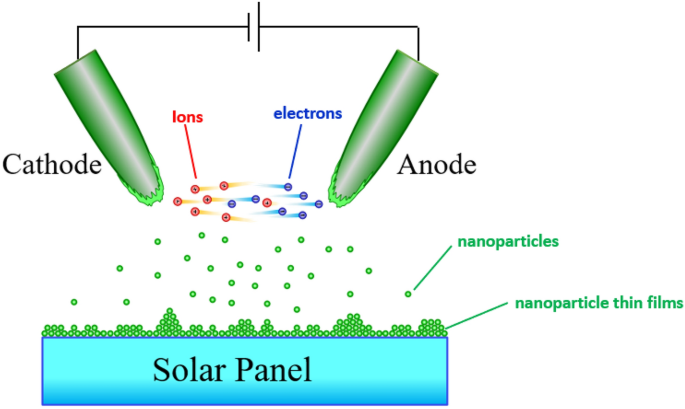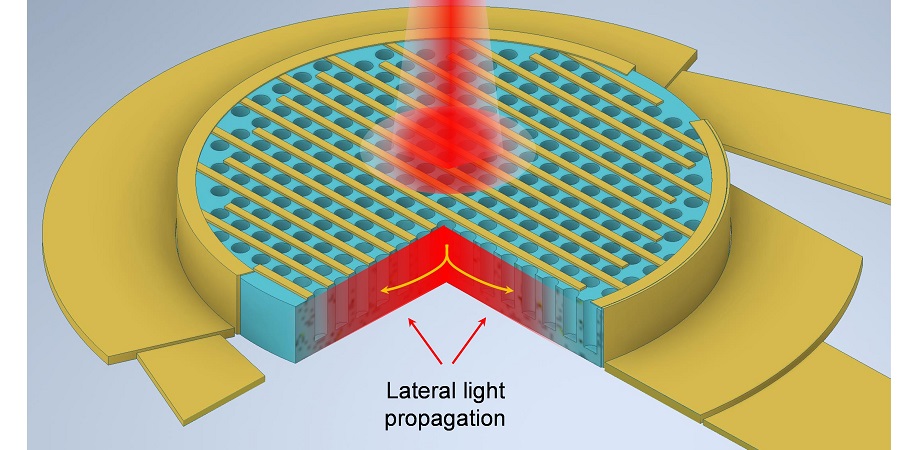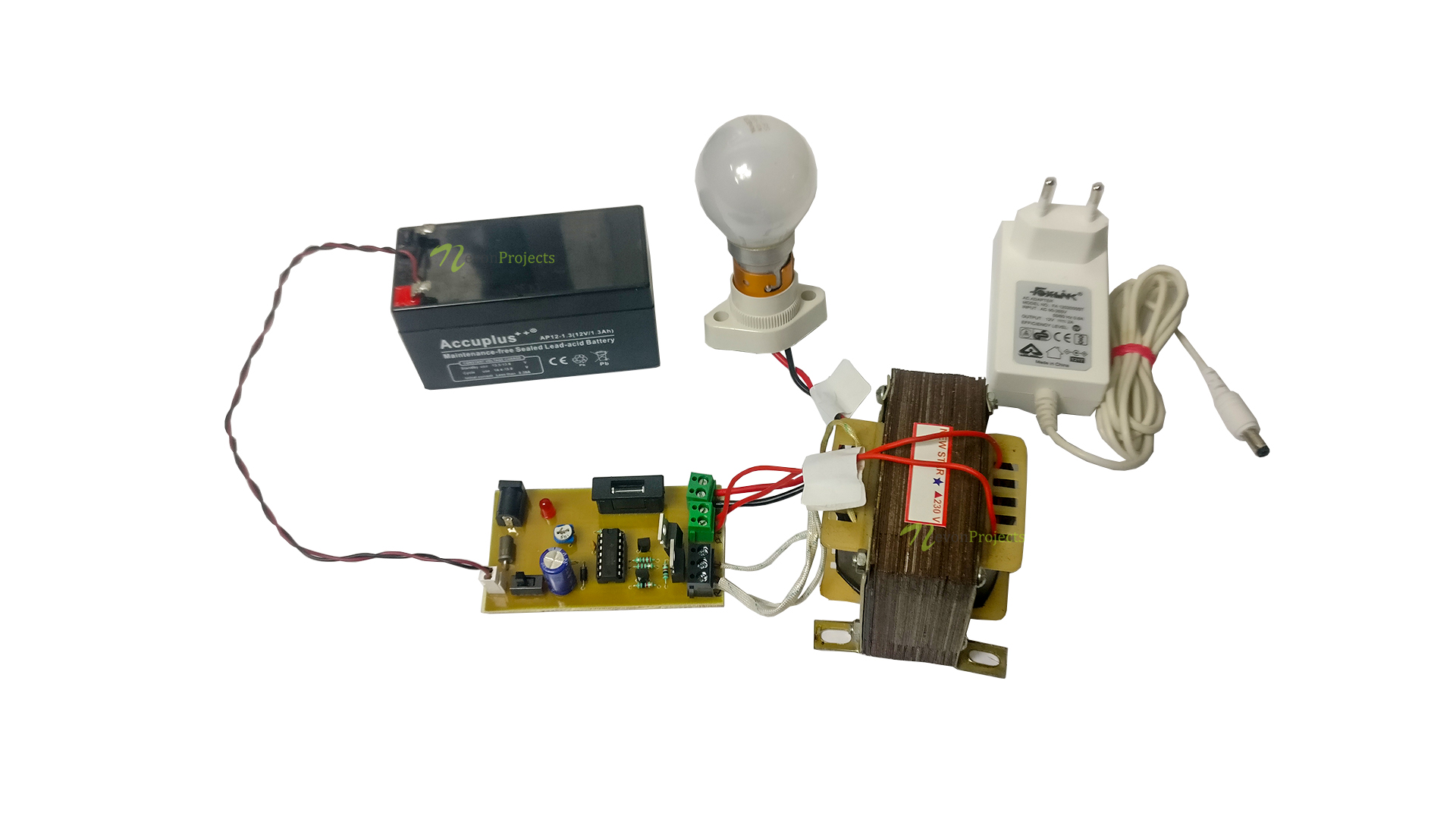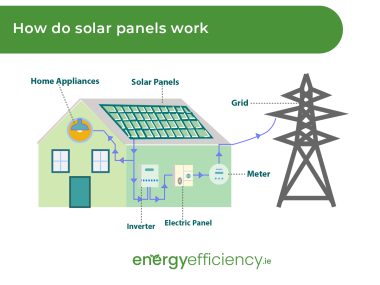Improving the efficiency of solar panels is crucial for maximizing energy production and making solar power more cost-effective. Here are several ways to enhance solar panel efficiency:
1. Higher Efficiency Solar Cells:
2. Anti-Reflective Coatings:
Anti-reflective coatings play a crucial role in enhancing the performance of solar panels. These coatings are specifically designed to minimize the reflection of sunlight from the surface of the panels, allowing for better penetration and absorption of light by the photovoltaic cells. By reducing reflection losses, these coatings significantly improve the efficiency of solar panels in converting sunlight into electricity. This technology is of utmost importance in maximizing energy production and optimizing solar installations, particularly in regions where sunlight levels vary.

3. Maximum Power Point Tracking (MPPT)
MPPT technology plays a vital role in enhancing the efficiency of solar panels by optimizing their power output. It dynamically adjusts the electrical operating point of the panels to ensure they are constantly operating at their maximum power point, regardless of changing conditions such as light intensity and temperature. Through continuous monitoring and load adjustments, MPPT maximizes the energy extracted from solar panels, ultimately improving the overall efficiency and energy production of solar installations. This technology is essential for optimizing the performance of solar power systems, especially in regions with fluctuating weather and sunlight conditions.
4. Improved Solar Panel Design:
Improving the efficiency and energy output of solar panels is of utmost importance. Various innovations, such as minimizing shading losses, optimizing the arrangement of solar cells, and incorporating bypass diodes, play a significant role in enhancing overall performance. These advancements allow solar panels to effectively capture and convert a greater amount of sunlight into electricity, even when subjected to partial shading. Moreover, the utilization of advanced materials and structures in new designs further enhances efficiency. For example, by texturing the surface of solar cells, more light can be trapped, resulting in higher energy conversion rates. Through continuous refinement of these design elements, solar panels can achieve higher levels of efficiency and reliability, thereby maximizing their potential for energy production.
5. Enhanced Light Trapping
Improving the design of solar panels is crucial for enhancing their effectiveness and power generation. Techniques such as reducing shading losses, optimizing the arrangement of solar cells, and incorporating bypass diodes have a significant impact on overall performance. These innovations enable solar panels to capture and convert a greater amount of sunlight into electricity, even in areas with partial shading. Furthermore, the utilization of advanced materials and structures in new designs plays a key role in increasing light absorption and reducing reflection, thereby further improving efficiency. For instance, by texturing the surface of solar cells, more light can be trapped, resulting in higher rates of energy conversion. Through continuous refinement of these design elements, solar panels become more efficient and dependable, maximizing their potential for energy production.

6. Tandem Solar Cells
Tandem solar cells represent a significant advancement in solar technology, with the goal of enhancing energy conversion efficiency through the use of multiple layers of semiconductor materials. Each layer, characterized by its unique bandgap, is able to capture different segments of the solar spectrum. This multi-junction configuration enables tandem cells to utilize a broader range of sunlight in comparison to conventional single-junction cells. Through the stacking of layers with varying bandgaps, tandem solar cells can effectively convert a larger amount of sunlight into electricity. The top layer captures high-energy photons, while subsequent layers absorb photons with lower energy levels. This design minimizes energy losses and greatly enhances the overall efficiency of the solar cells. Tandem solar cells are particularly beneficial in situations where space is restricted and maximizing power output is crucial. Their superior efficiency makes them an appealing choice for both residential and commercial solar installations, contributing to the transition towards more sustainable and effective solar energy solutions.

7. Efficient Inverters:
Efficient inverters play a crucial role in solar energy systems by converting DC to AC power, thus enhancing energy production and system functionality. By incorporating technologies like MPPT, these inverters optimize power output from solar panels, ensuring maximum efficiency even in changing environmental conditions. Their ability to minimize energy losses and manage fluctuations makes them essential components in both residential and commercial solar setups, ultimately leading to increased energy production and cost-effectiveness.












